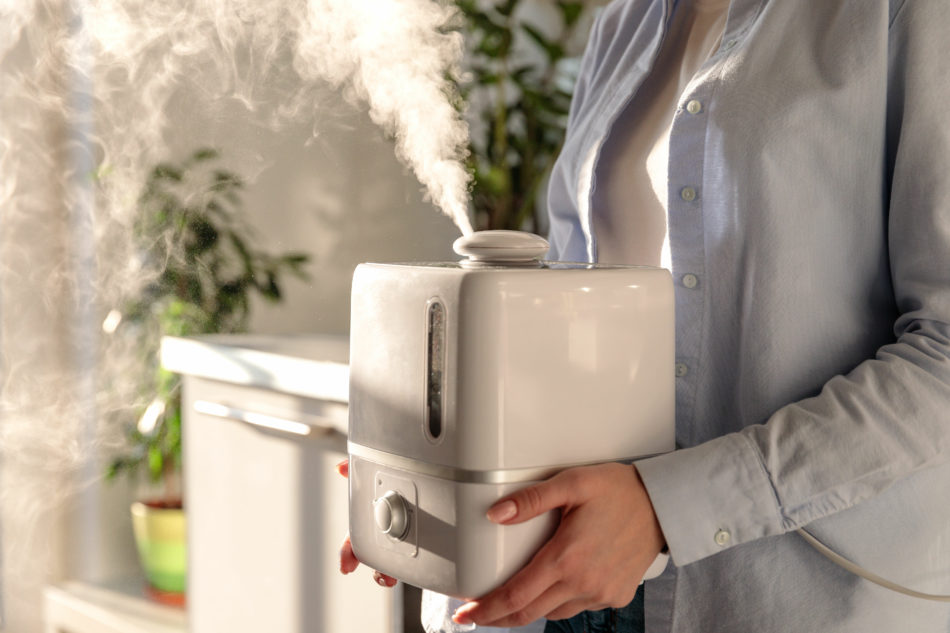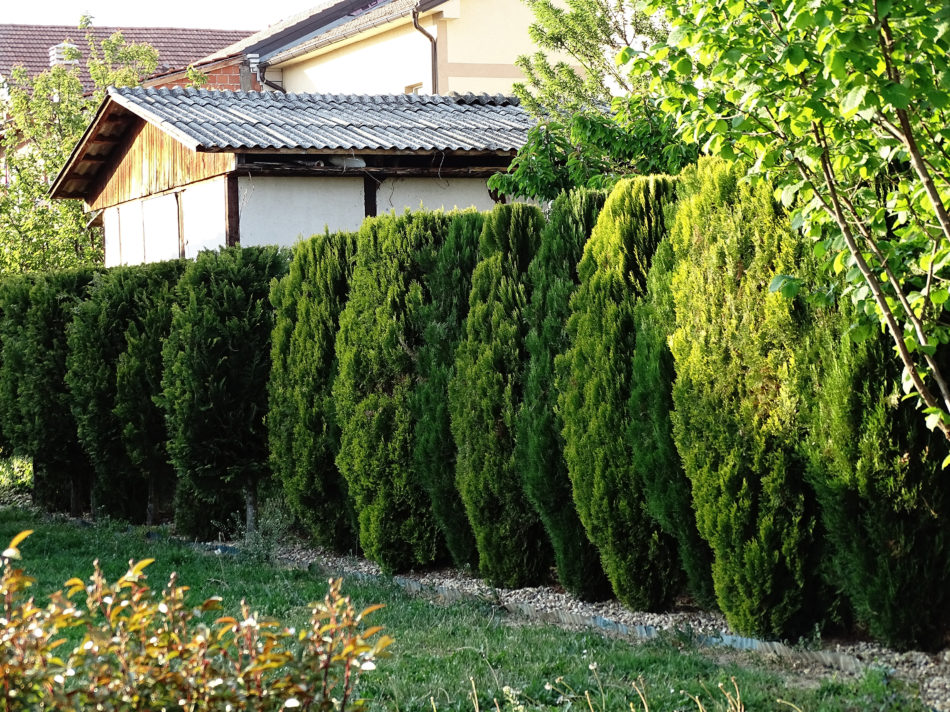How To Lower Your Heating Bill — 7 Ways

Is your house and budget ready for winter weather? You’re probably familiar with the basic ways to prep a house for winter—adding caulking, weather stripping, and extra insulation to keep the cold air out. But, good news, there are more ways to conserve energy and get a lower heating bill. Here are a few recommendations:
1) Use a humidifier.
Humidifiers are not heaters, but they will help your home feel more comfortable and warmer in the winter. Heating systems dry out the air inside your home. A humidifier will restore moisture, which traps the heat in the air, making the air feel warmer longer. Increasing indoor humidity in winter makes your home feel cozy, so you can adjust your thermostat to a lower setting. Depending on your needs, you can choose a whole-house system or a portable humidifier.

2) Move your couch and other furniture.
Sitting in front of a warm, crackling fireplace feels great. Placing furniture in front of the fireplace, wood burning stove, or radiator may warm you and your comfy chair, but it blocks the warm air from heating the rest of the room. Group your furniture so the warm air circulates freely across and around the room.
3) Get a programmable thermostat.
You can save a lot of money with a programmable thermostat for your HVAC unit. While you don’t want to turn off your central heat when no one is home, you can program it to suit your schedule, lowering it several degrees while you’re away and increasing the heat to normal shortly before you return home. Automatically turning down the thermostat at night helps you sleep better and reduces your winter energy bills too. According to the US Department of Energy you can reduce heat loss and save as much as 10% a year on heating costs by setting the thermostat back 7 to 10 degrees from its normal setting for eight hours a day.
In winter, lower interior temperatures reduce heat loss, and increase energy savings. In addition to scheduling and monitoring the indoor temperature, you can also check humidity levels, air filter quality and energy usage with a programmable thermostat. Take it to the next level of convenience with a Smart thermostat that connects to your home internet to give you remote access via your smartphone.
4) Install windbreak features to lower your heating bill.
There are things you can do outside of your house to reduce energy consumption indoors. Adding one or more winter windbreaks to your landscape—either structural or botanical—helps lower the wind chill and your heating costs. Depending on the space you have available, certain items can break the cold winds from directly hitting the house. An effective windbreak blocks wind gusts near the ground and redirects them up and over the house. Winter windbreaks also help prevent snow drifts from piling up around the house. Here are some examples:
- a privacy fence
- a lattice trellis with climbing vines
- a line of evergreen trees or a row of hedges
The US Department of Energy advises planting trees a distance from your home between two to five times the mature height of the trees. Allow extra grow space when planting shrubs or hedges so there will be at least one foot of space between your house and the mature plants.

5) Get a heated ceiling fan.
You may be familiar with the old trick of reversing ceiling fan blades to circulate heated air in winter (counter-clockwise in the summer and clockwise in the winter), but you can take this one step further by installing a fan with a built-in heater. A ceiling fan with a ceramic heating element may take the chill out of a room that never seems to get warm—especially rooms with high ceilings. These fans will delay your central heating system from kicking on, thus reducing energy use.
6) Use a chimney balloon.
Many people think of windows and doors, yet an unsealed chimney can be a major source of heat loss in a house. If your house has a fireplace that is rarely used, you can easily seal out downdrafts and prevent the heat from going up your chimney with an inflatable fireplace plug or chimney balloon. Both chimney draft stoppers block unwanted drafts, reduce heat loss and energy consumption. They are available at home improvement stores.
7) Get a home energy audit.
A home energy audit locates where your house is losing heat and energy. It suggests ways you can do to improve your home, making it more efficient, safe, and comfortable. Here is a directory of certified professional energy assessors, provided by the Residential Energy Service Network.
Share Your Tips below
What are some tricks and tips that you use to have a lower heating bill in the winter?
Please share your knowledge with the Farmers’ Almanac online community in the comments below!
Keep learning
11 Ways To Prepare Your Home For Winter
Which Home Heating Fuel Is Best?

Deborah Tukua
Deborah Tukua is a natural living, healthy lifestyle writer and author of 7 non-fiction books, including Pearls of Garden Wisdom: Time-Saving Tips and Techniques from a Country Home, Pearls of Country Wisdom: Hints from a Small Town on Keeping Garden and Home, and Naturally Sweet Blender Treats. Tukua has been a writer for the Farmers' Almanac since 2004.






good